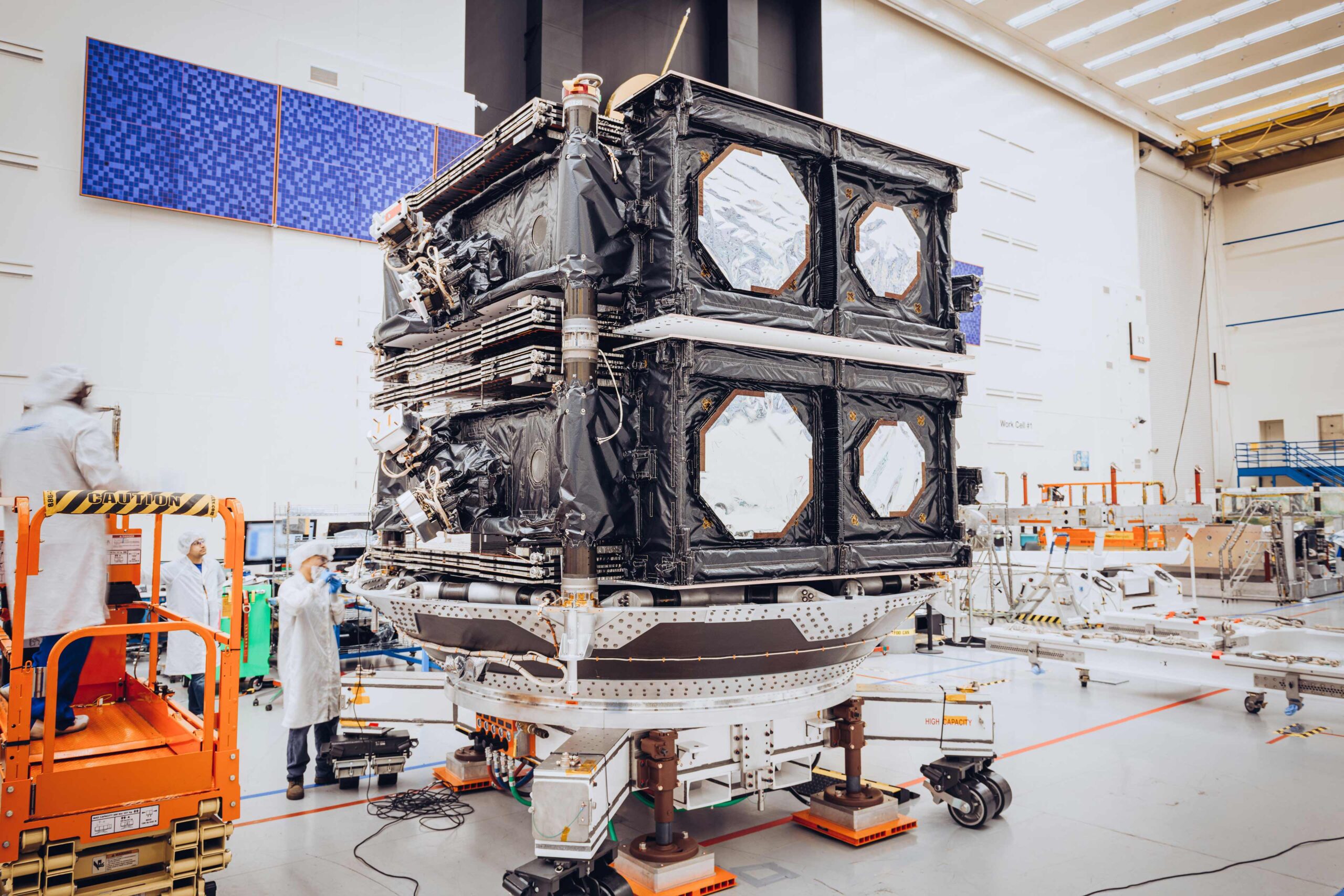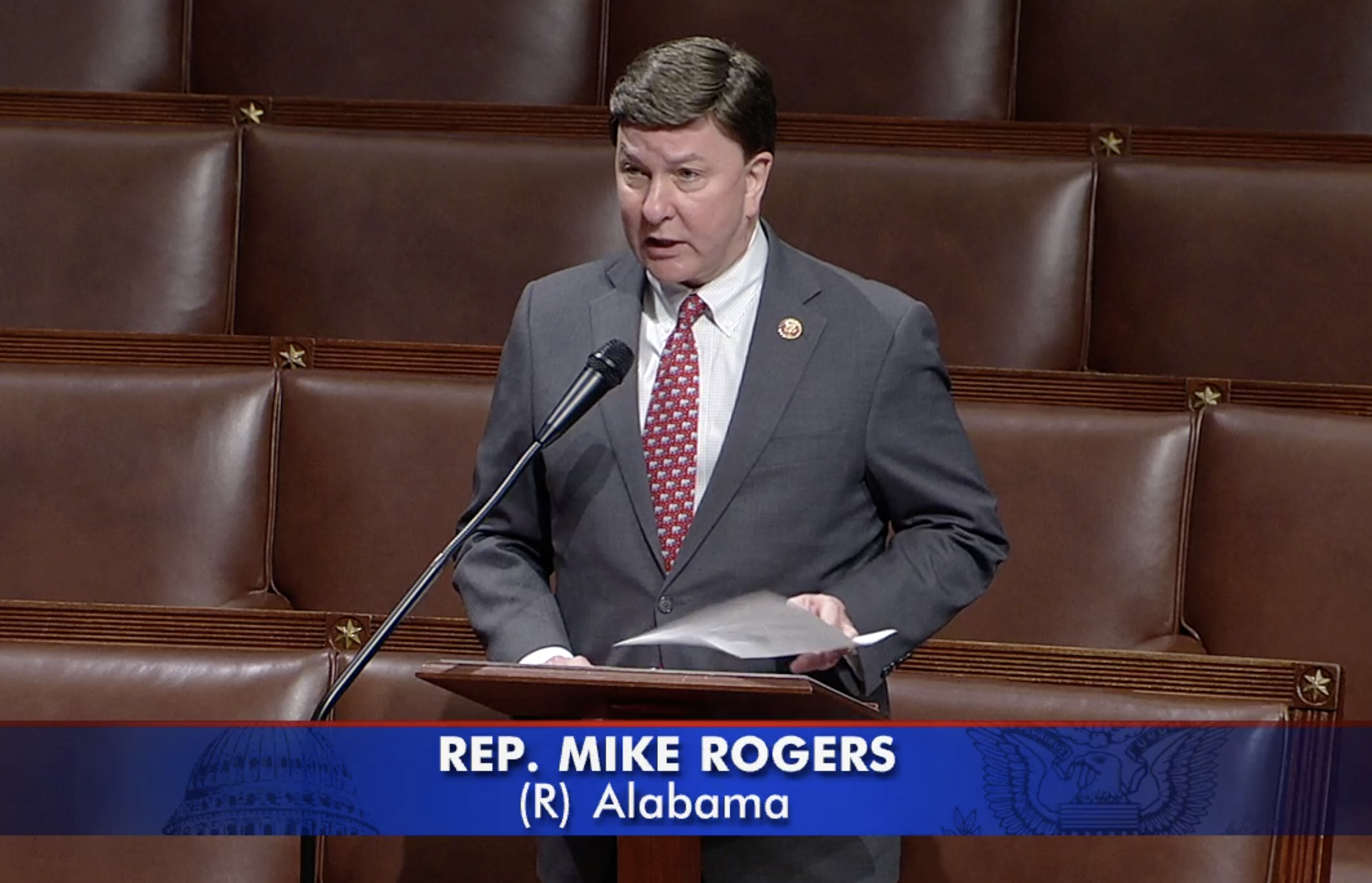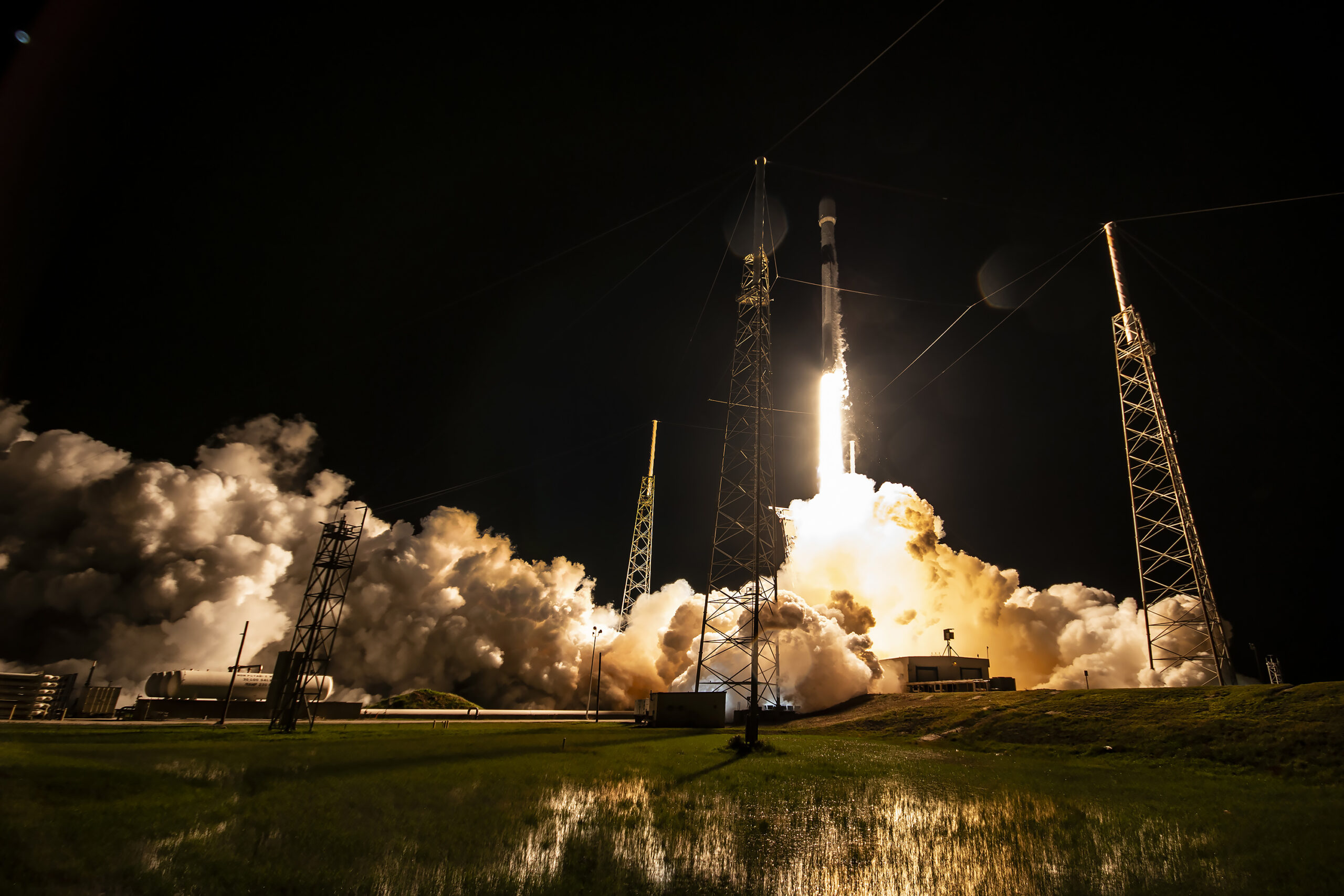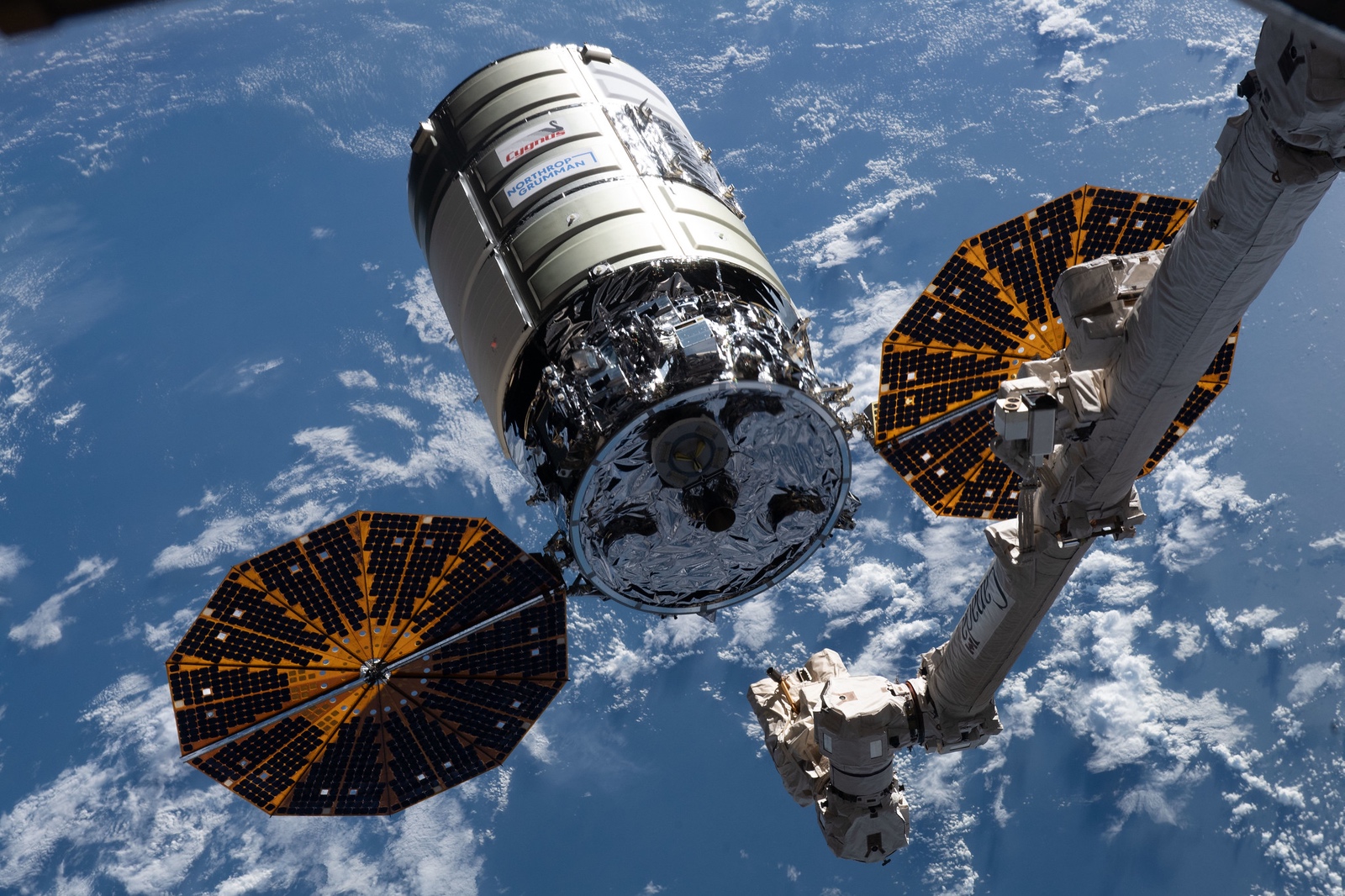O3b mPower faces delays as SES investigates electrical issue
Original Publication Date: 2023-08-03 21:35

SES needs to conduct extra tests before launching its next pair of O3b mPower satellites. Glitch is sporadically tripping off power modules on its first four in medium Earth orbit. CEO Ruy Pinto said all trip-offs were quickly resolved in a process he likened to flipping a circuit breaker.
Rogers to launch investigation of U.S. Space Command’s basing decision
Original Publication Date: 2023-08-03 21:10

Rep. Mike Rogers says he is launching an investigation into the Biden administration. President Biden earlier this week overturned the Trump administration’s recommendation to move U.S. Space Command from Colorado Springs to Huntsville, Alabama. Rogers alleges that Trump’s selection of Huntsville as the preferred location was done legitimately.
SpaceX launches Intelsat’s last C-band clearing satellite
Original Publication Date: 2023-08-03 17:51

The Galaxy-37/Horizons-4 satellite launched Aug. 3 on a Falcon 9 rocket. It will take about three weeks for the chemically powered spacecraft to reach its orbital position. The five-metric-ton satellite is slated to enter service around the end of September. Intelsat is on track to get a total of $4.9 billion from the Federal Communications Commission.
Northrop Grumman planning Cygnus upgrades
Original Publication Date: 2023-08-03 11:49

Northrop Grumman is planning upgrades to its Cygnus cargo vehicle. Company representatives outlined efforts to enhance the capabilities of the decade-old spacecraft. Among those changes is increased payload capacity. Cygnus made its first flight to the ISS on a demonstration mission in September 2013.
Australia’s Southern Launch and Koonibba Community Aboriginal Corporation are new frontier for space with space launch facility in Koonibba – SatNews
Original Publication Date: 2023-08-03 00:00

Planning consent has been granted for the Koonibba Test Range. The range is used to launch sub-orbital missions to the edge of space. It can also be used to accept re-entry of space technology from orbit. The development of permanent facilities will propel Australia to the forefront of the global space industry.
IARPA launches micro space debris tracking program – SatNews
Original Publication Date: 2023-08-03 00:00

Space Debris Identification and Tracking (SINTRA) program represents the Intelligence Community’s first effort to track small space debris. Resulting technologies hold the potential to protect manned spacecraft and other valuable space assets from these compact threats. The SINTRA program is anticipated to be a four-year effort.
The Satellite Applications Catapult’s new CEO brings his expertise in geospatial technologies – SatNews
Original Publication Date: 2023-08-03 00:00

John Abbott will take up the post at the end of October. He replaces Stuart Martin who announced his intention to step down earlier this year. Abbott joins the Catapult from the Real Estate Registry in Saudi Arabia. He was instrumental in the delivery of the Kingdom’s first ever registry of land ownership.
Orbit launches the advanced NetShroud+ solution – SatNews
Original Publication Date: 2023-08-03 00:00

Orbit Communications Systems Inc. Has introduced NetShroud+ for their Gaia100 Earth Observation (EO) systems. The NetShroud+ solution protects the remotely located ground stations from potential local or remote cyber-attacks. NetShroud+ shields the systems invisibly to attacks, providing an impregnable shield against identity theft and unauthorized access attempts.
NASA’s Curiosity Rover Faces Its Toughest Climb Yet on Mars

Curiosity had to take a lateral detour to get to a spot where the incline leveled out. The detour would add a few weeks to the journey to Jau – unless the terrain was hiding more surprises. Fortunately, the detour paid off, allowing Curiosity to crest the slope.
Huge Solar Arrays Permanently Installed on NASA’s Psyche Spacecraft

The Psyche spacecraft's solar arrays were tested and permanently installed on the orbiter. Psyche is scheduled to reach its destination – a mysterious asteroid of the same name – in July 2029. The spacecraft will orbit the asteroid from various altitudes for 26 months to gather images and other data.
